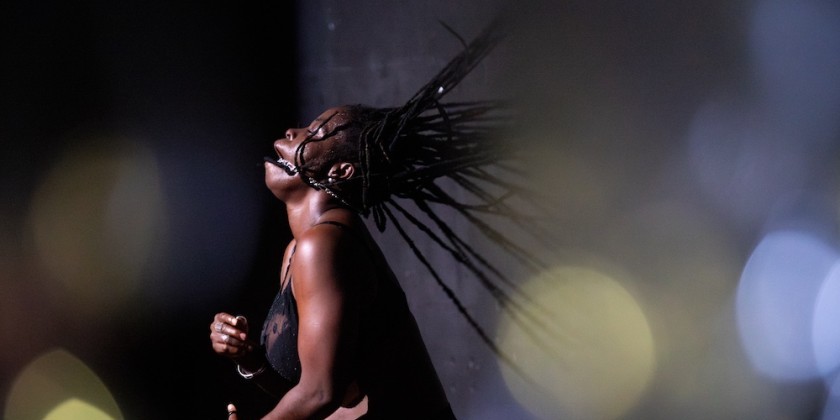Dance Up Close to Beth Gill

"New Work for the Desert " at New York Live Arts
219 West 19th Street, Manhattan
March 19 – 22 at 7:30 p.m.
For tickets, visit New York Live Arts
Beth Gill, a native of Westchester, New York, began dancing at early age. Inspired by beloved teachers Rose-Marie Menes and Tami Horowitz, she developed a deep fascination for movement and eventually earned a degree from New York University’s Tisch School of the Arts in Dance in 2003. She acknowledges that she lacked confidence as a performer and felt that choreography was a better fit for her inquisitive personality and long-abiding curiosity about systems.
In 2011, Gill received two Bessie awards for Outstanding Emerging Choreographer and the Juried Award, which is given to choreographers exhibiting innovation and excitement. During that same year, Dance Magazine named her one of the top 25 artists to watch. The work that inspired this laudatory outpouring was Electric Midwife, featuring two trios performing the same sequences as mirror images.
Gill recently decamped to Arizona for a teaching residency at Arizona State University. In the great tradition of artists leaving the bustling industry of the northeastern cities for the big-sky expansiveness of the southwest, she found inspiration in the desert’s seemingly limitless canvas. She used her two key choreographic preoccupations — time and space — to intensify her focus, discovering through lines in past works that had continued resonance.
Beth Gill on the Southwest
In her latest piece, New Work from the Desert, which will premiere at New York Live Arts, Gill capitalized on this change in scenery to craft a work that exists in the traditional cube of performance space, yet challenges its structure with an awareness of the offstage. Composer Jon Moniaci contributes a live score, and lighting designer Thomas Dunn creates a white box that segues through a scheme of hues, evoking the spare majesty of the desert.
Gill admits that making work in New York has become exceedingly difficult as funds dry up and resources evaporate. She opines that sometimes it’s hard to envision keeping on as she has, but allows that she can’t imagine stopping. However, even with all the limitations, Gill states, “it’s really important to think of all the things you want to do without thinking too much about the impact of logistics of how to make that happen.”
Beth Gill on the Challenges of Making Work in New York City












